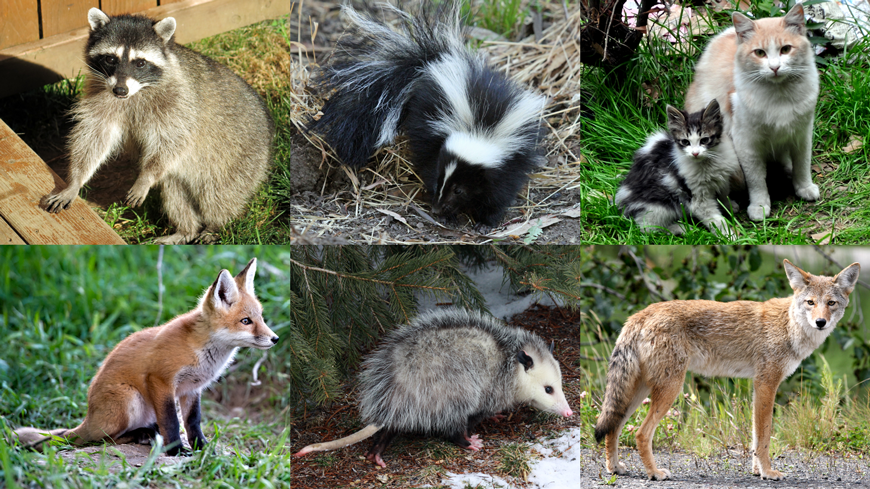Summary
Fleas are contagious. However, adult fleas don’t spread from host to host. Flea infestations spread through eggs. Outdoors, infested wildlife enter into yards and drop flea eggs. After developing, adult fleas emerge from cocoons and jump on dogs and cats. When the pet goes indoors, eggs fall and develop in carpeting. Once one pet is infested, all untreated animals in a home will likely acquire fleas.
Details
Cat Fleas Don’t Leave their Hosts
Cat fleas are permanent parasites. Once on a host, the adults rare leave of their own volition. They feed, mate, and lay eggs on the host. Fleas typically only leave when they’re dislodged or die. When cats can’t groom, 85% of female and 58% of male fleas will remain on-host for at least 50 days. Fleas won’t leave even when populations reach high levels.
However, fleas will quickly abandon a dead or dying host. Once the host’s body temperature begins dropping, they’ll start jumping off the animal. As a result, new infestations may start on a predatory animal when it attacks and kills its flea-infested prey.
Fleas Rarely Transfer Between Hosts
Dogs and cats seldom acquire adult fleas from other animals. Fleas aren’t “contagious” in this sense. It’s a misconception that infestations begin this way. Adult fleas rarely transfer hosts. When two cats live together but are separated, only 3-8% of fleas transfer between hosts. When the cats remain together, 2-15% of the fleas move between cats.
Fleas Rarely Survive Host Grooming
Infestations rarely spread when a host grooms fleas off their body and into the environment. Most fleas get ingested by the host during grooming. Only a small percentage gets dislodged into the environment. And most dislodged fleas get damaged during the process, dying soon afterwards. They’re commonly missing heads or legs. However, some fleas may survive scratching and grooming. Undamaged fleas must return to a host within a couple of days to prevent starving to death.
Infestations Spread through Eggs
The majority of infestations begin as eggs. Dogs and cats first acquire adult fleas as they emerge from cocoons. Eggs are continually laid on infested animals, and fall into the environment within a couple of hours of being deposited. They into the environment wherever the animal has access. Most accumulate in areas where the hosts regularly feed, groom, rest, or sleep.
Infestations Begin Outdoors
In most cases, flea infestations originate outdoors. Many urban animals can carry cat fleas, inclduing opossums, raccoons, foxes, coyotes, skunks, and feral cats. As infested wildlife traverse neighborhoods, they drop flea eggs into yards. Covered areas, such as below decks, are especially problematic, because both feral and domestic animals seek shelter there. And flea eggs that drop in shady, protected habitats will thrive. When pets enter these zones, they can quickly acquire fleas.

Img 1 Wild animals that can be hosts to cat fleas — raccoon, skunk, feral cat, fox, opossum, and coyote.
It’s not uncommon for feral and domestic animal territories to overlap. Fleas can be spread from pets to feral animals, and from feral animals to pets. This perpetuates infestations throughout neighborhoods. There is a continual cycle of infestation where animal territories are shared.




You must log in to post a comment. Log in now.